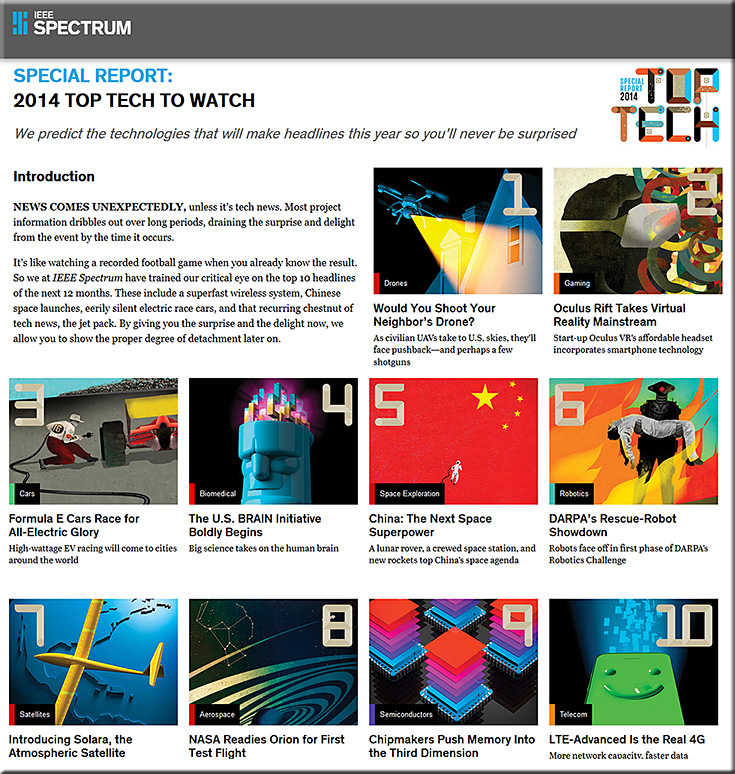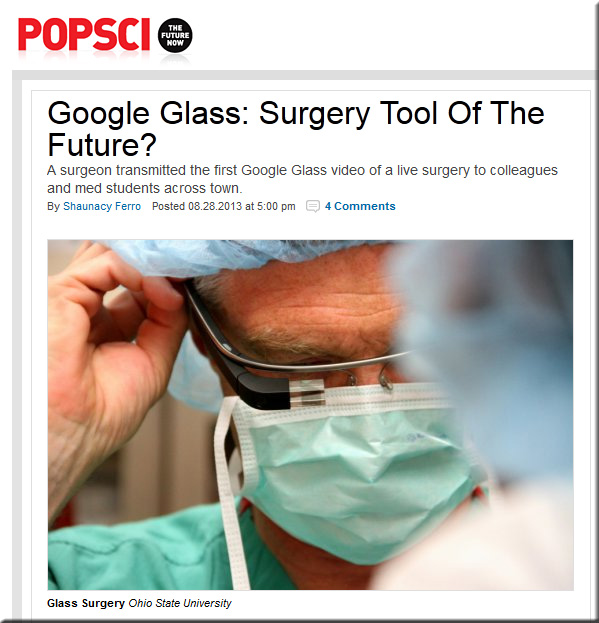Practical ideas for using augmented reality in contextual mobile learning — from blog.commlabindia.com by Aruna Vayuvegula
Excerpt:
Using Augmented Reality for contextual mLearning sounds too futuristic – a phenomenon that is being experimented in universities and research centers across the world. Wikipedia defines Augmented reality (AR) as a live, copy, view of a physical, real-world environment whose elements are augmented (or supplemented) by computer-generated sensory input such as sound, video, graphics or GPS data. It is rather hard for a non-technical person to perceive the implication of this definition in a learning situation.
However, when you come across a report that says
- 864 million high-end cell phones could be AR enabled in 2014,
- 103 million automobiles will have AR technology by 2020, (Ref: Semico)
You can’t ignore Augmented Reality (AR). You need to stop, to understand what it all means. That’s when I came across an article by Jason Haag, who spoke at DevLearn 13 on Augmented Reality in mobile learning. Published at Advanced Distributed Learning website, it lists some cool examples in the form of videos about AR in action. The video from the link given below is one of them; it truly helped me conceive the idea of AR in a learning context.
AR Music APP Enchantium by DAQRI — from realareal.com by Kiran Voleti
Excerpt:
In the 21st century classroom: Students can see the shape of knowledge, Students can hear the shape of knowledge, students can TOUCH the shape of knowledge.
Zientia: Changing the Way We Learn with Augmented Reality — from realareal.com by Kiran Voleti
Enchantium is a 4D platform that uses augmented reality — from realareal.com by Kiran Voleti
Excerpt:
Discover a New Dimension of Play™ in a magical world of curated, kid-safe content where play sets can come to life and toys can talk, interact and learn new things.
Toys Become Enchanted
So much more than an app, Enchantium is a 4D platform that uses augmented reality and cutting edge technology to connect games and toys with interactive experiences.

































